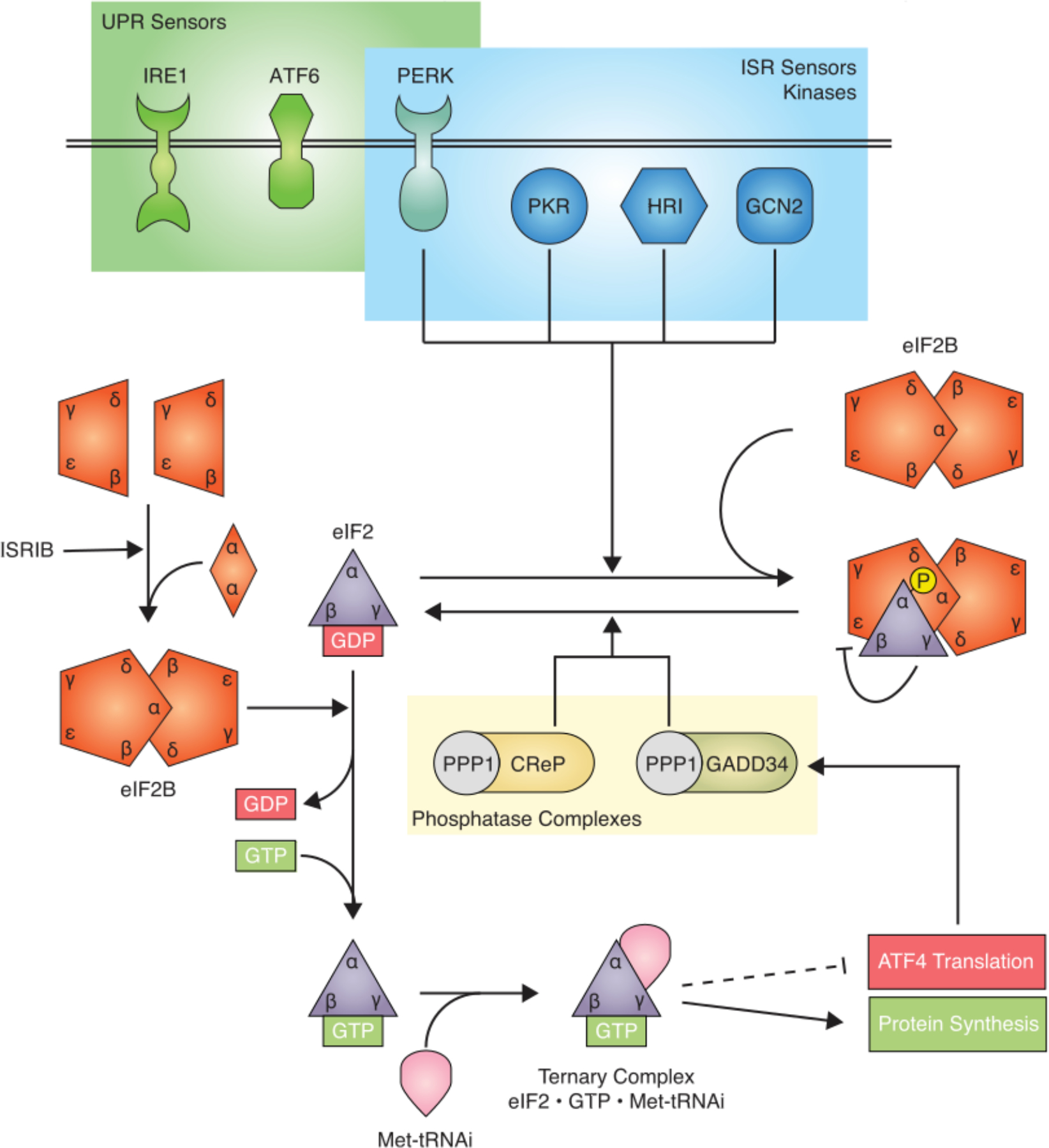Fig. 1. The molecular wiring of ISR control.

Stress sensing: ISR sensor kinases phosphorylate eIF2 in response to a diverse spectrum of cellular stresses. One of these kinases, PERK, overlaps with the UPR. eIF2B sequestration: Phosphorylation of eIF2 leads to sequestration of inactive eIF2B•eIF2-P, limiting available eIF2B activity in the cell, thus reducing TC concentration. TC control: TC concentration is controlled by GDP/GTP exchange on eIF2, which is catalyzed by eIF2B. The active decameric eIF2B complex is assembled from subcomplexes, a reaction that is facilitated by ISRIB. Translational control: The concentration of TC determines the translational status of general protein synthesis (green) and translation of specific mRNAs, such as ATF4 (red). Feedback regulation: Two phosphatase complexes antagonize the ISR. PP1•CReP in a constitutive regime and PP1•GADD34 in a feedback regime in response to ISR activation.
